The international curatorial cooperative Radicants, launched by Nicolas Bourriaud, presented its first exhibition, “Planet B: Climate Change & the New Sublime” at Palazzo Bollani for the 59th Venice Biennale. The show, curated by Bourriaud, explored the impact of climate change on contemporary art through the lens of the sublime, a notion defined in the 18th century by the philosopher Edmund Burke as “a delight tinged with terror.” “Planet B” brought together 27 artists from 17 countries in an exhibition in three parts: “Every exhibition is a forest” (on view April 20 to June 26), “Charles Darwin and the coral reefs” (on view July 8 to August 26), and “The tragic death of Nauru Island” (on view September 8 to November 27).
Whitewall spoke with Bourriaud about the show, the role of the sublime in contemporary art, and the future for Radicants.
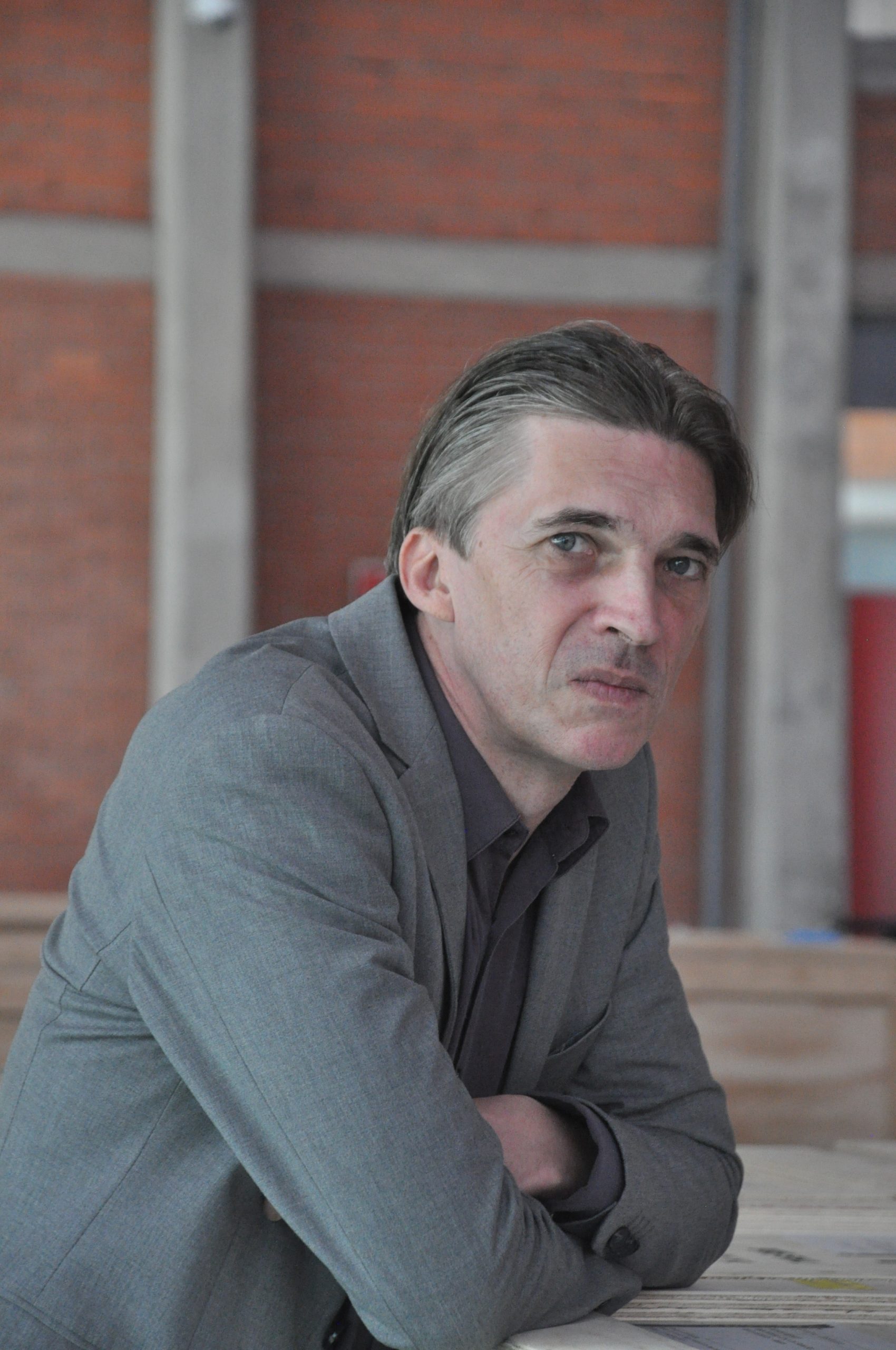
Nicolas Bourriaud, photo by Sergio Rosales Medina.
WHITEWALL: What compelled you to create Radicants?
Nicolas Bourriaud: Certainly a need to change the parameters of my life, but also the desire to experiment with new ways of working, and maybe transform the art world itself. After my 5-year experience in the south of France, leaving behind me a new institution for the city of Montpellier, I felt that experimentation and boldness were coming to an end in the institutional world. Now, the lines between the private and public spheres are very thin. So, it was logical to shift towards total independence and build a kind of company that did not exist yet, which allowed me to not only produce exhibitions—mine and others—but also intervene in diverse fields: commercial exhibitions, museum exhibitions, advising in content and strategies, publishing books… that is what Radicants is about.
WW: “Planet B” attests that, not only has our relation to sublime altered since its conception, but it takes the fore in contemporary art more than it has in previous decades. Why has the climate crisis made this so?
NB: The awareness of climate change has modified our collective relationship to the earth in many ways, but it also impacts the human gaze. If humans used to regard the planet as merely a backdrop for their activities, a decoration—an environment—they now feel completely engulfed by its atmosphere, soils, and oceans, which have become potential threats. Within this context, the old notion of the sublime finds a new life in art. The sublime is what exceeds the power of representation, cannot be conceptualized, or even shaped—the unlimited. The sublime is linked with disorienting sensations like the void, emptiness, silence, or darkness.
It is about the loss of control. Today, we have very concrete images of the danger threatening us: the enemies are invisible but very present, like viruses, degrees of temperature leading to rising waters… This contemporary sublime, represented by the artists shown in “Planet B,” translates the feeling of loss of control of humankind over the planet.
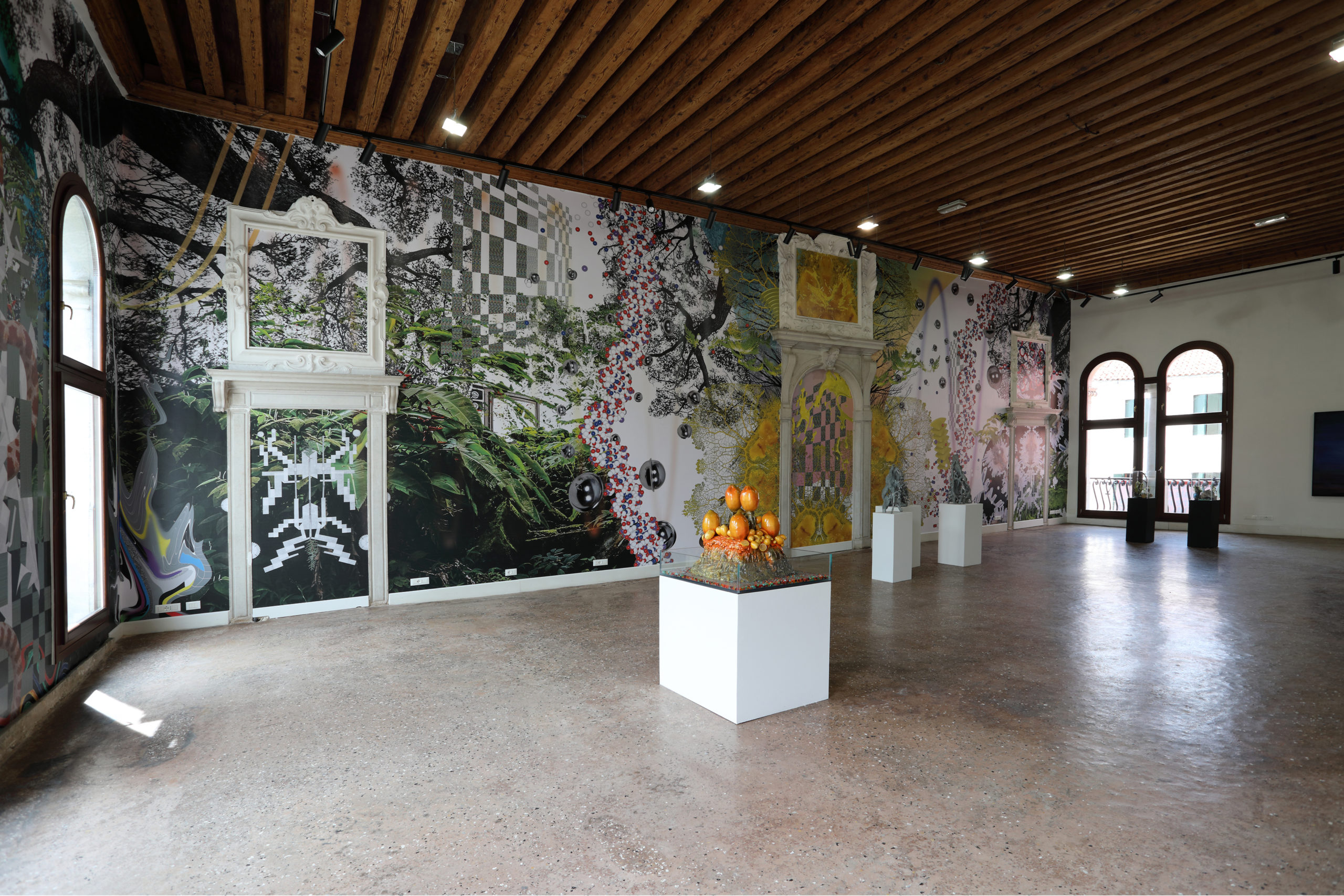
Courtesy of Nicolas Bourriaud.
WW: How is the exhibition divided into three parts?
NB: The exhibition explores the links between the sublime and the global mutations of the Anthropocene. I identified three facets of it, through three types of existing spaces, serving as symbolic settings for the exhibition: the Amazonian Forest, the coral reef, and the island of Nauru. It is a long-term exhibition (seven months). Some artists will shift from one set to the other, while others will be shown in one part only. It’s like a three-act opera telling the story of the artwork in the age of climate change.
The first part, from April to June, took place in the forest, the original human habitat. It is the forest as seen by the Amazonian societies: a place of social interactions with diverse forms of life, humans, and non-humans. The anthropologist Philippe Descola describes animals and plants as “social partners” of the Achuar Indians. The second section refers to a passage from Charles Darwin‘s memoirs about discovering corallian atolls in the Pacific Ocean and seeing “an image of the sublime” in them because those minuscule emissions of chalk carbonate were able to resist the strongest waves. The third part of Planet B (from September to the end of November) dwells on the story of the Republic of Nauru.
WW: Do you see the artists making work in this space also taking on the role of activist?
NB: Every artist could be described as an activist because representations, images, or forms play a significant role in society; art is an active material. As citizens, artists can, of course, be aware, or militants, but artworks that consist of providing information or “denouncing” a problem are not enough. To be active, art needs to operate at its specific level; it is not journalism. In other words, if an artwork does not bring me more than what I get from theory or the reading of newspapers, it is not relevant to me.
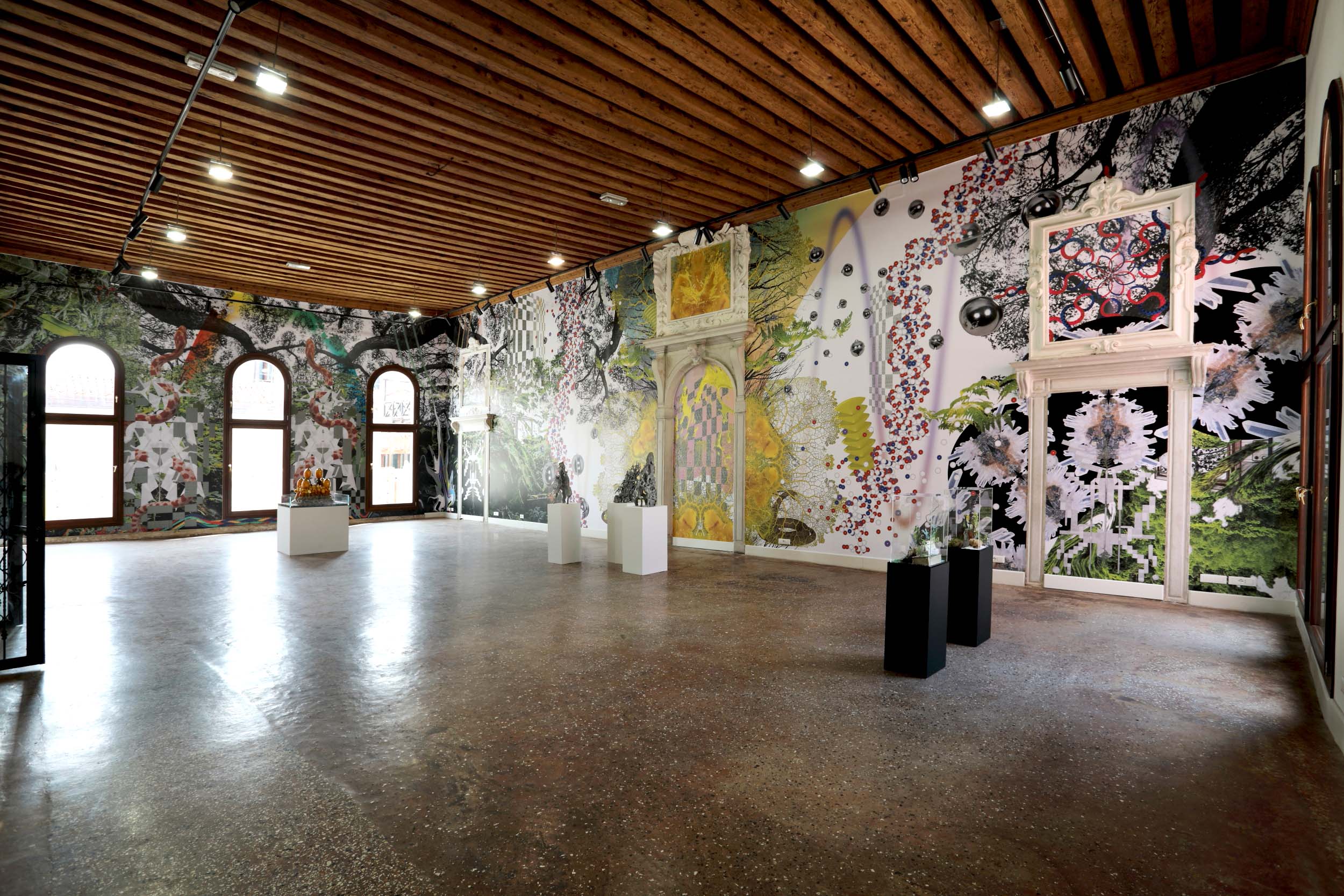
Courtesy of Nicolas Bourriaud.
WW: Why did you choose extractivism on the island of Nauru, in the final part of the show, as a symbol of the sublime?
NB: Nauru is a small island in the Pacific Ocean, but it was one of the wealthiest states on earth in the 1970’s, even owning its own aviation company. It turned into a wasteland two decades later. As its wealth came solely from extracting phosphate, over-extraction and the absence of any alternative production left the island as a devastated landscape. Nauru is an allegory of extinction and destruction, a symbol of the threats we are facing. It also questions the distinction between terror and horror, evoked by Edmund Burke: if you feel terror, you experience the sublime from a distance. But horror is what you feel when it is too late. The sublime is an expression of our loss of control.
WW: In tandem with catastrophic effects of climate change upon the spaces in which we live, the pandemic has altered our relation to these spaces. In this respect, how have the past few years altered the possibilities or representations of the sublime in contemporary art?
NB: I don’t think it altered the possibility of the sublime in any way. As it is based upon the feeling of being immersed in a limitless reality that we have no control over, the pandemic became an additional element. It is as invisible, as threatening, and as anxiety-inducing as climate change.
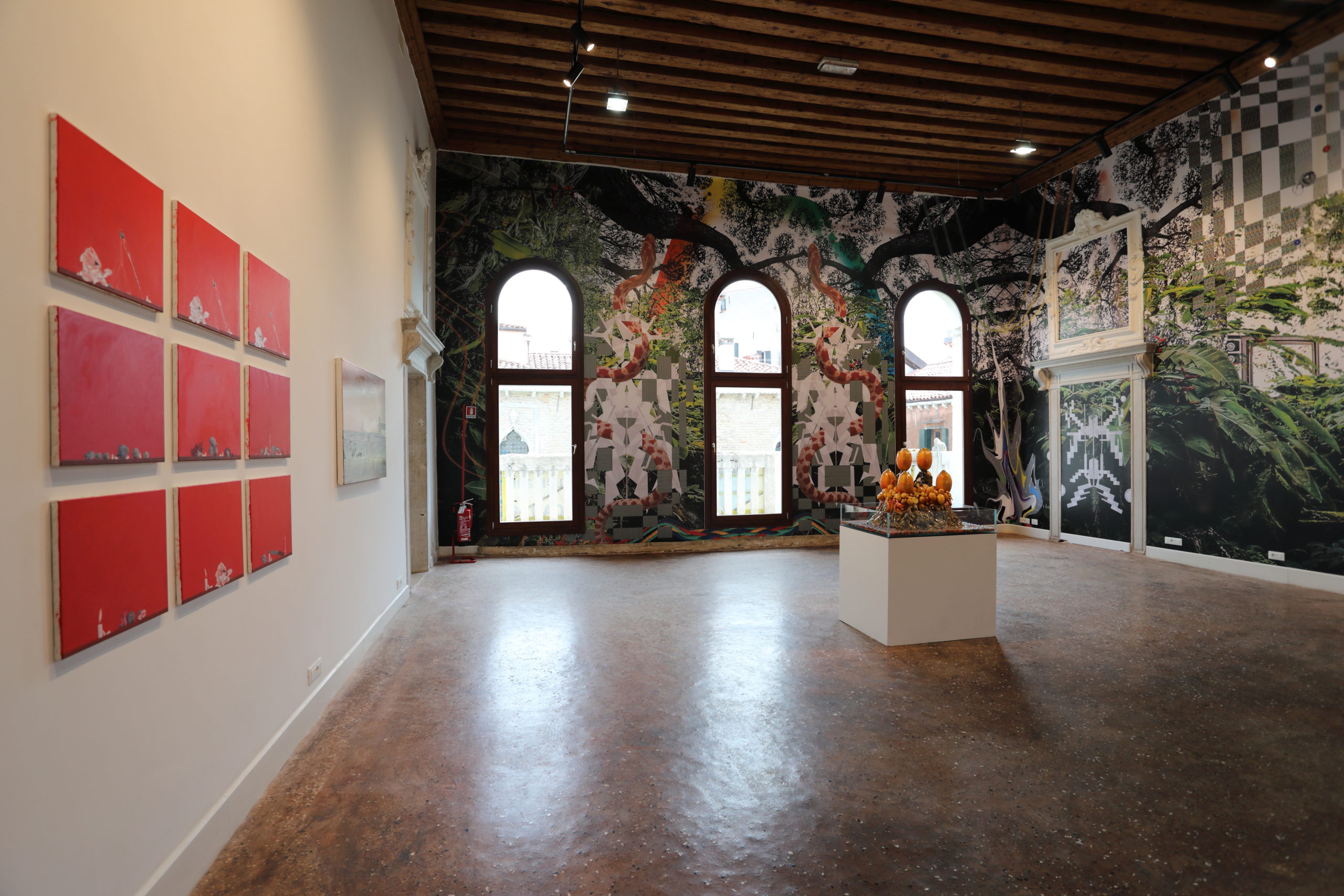
Courtesy of Nicolas Bourriaud.
WW: You have a background as a philosopher of art, namely as a philosopher of relational aesthetics. You’ve traced in art since the internet boom of the nineties an effort to transcend pop-art categories of the sixties through emphases upon user-friendliness, interactivity, and DIY. In view of the climate crisis and altered notions of the sublime, how do you project that art in the future may transcend these terms?
NB: “Planet B” would be more related to the field opened by the exhibition I curated in Taipei, “The Great Acceleration,” which was, in 2014, the very first biennial addressing the issue of the Anthropocene. At the time, I was obliged to explain the term… but the Venusian show might be the ultimate one about those topics, after having curated “The 7th Continent” for the 2019 Istanbul Biennial.
My next project, “Cloud Point,” which starts in London in June, is an answer to your question: it gathers emerging artists whose common point consists of considering the atomic structure of our surroundings instead of objects, products, or masses. They are particularly interested in those in-between states that one can find in molecular flows: processes of liquefaction or melting; moments of coagulation; condensation. For artists who deeply understand the anthropocene, reality must be described and interrogated at a molecular level because there is no place on earth that has not been modified by humankind.
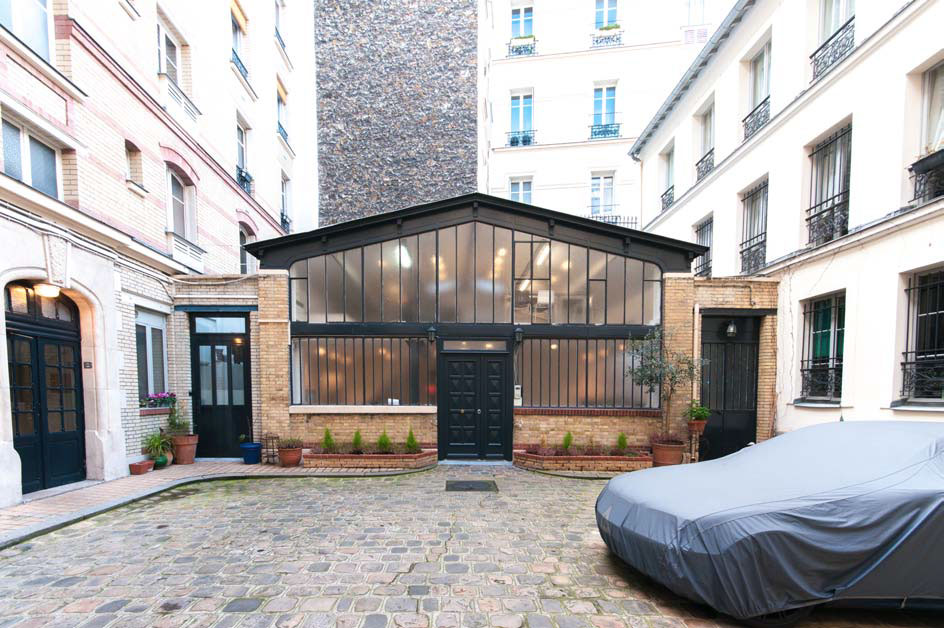
Courtesy of Nicolas Bourriaud.
WW: Radicants is opening a venue and workspace this month in Paris, in the Marais, and opening its inaugural exhibition on May 24. What are your hopes for the space?
NB: We are based in Paris, but we can intervene anywhere. In Radicants Paris, a three-floor little house in the Marais, we will have a regular programme along with other projects abroad. We will host round tables, discussions, and lectures around this program. But it is also a convivial place. I want it to be an open house.
WW: What’s in the future for Radicants?
NB: We’re just getting started, but we’ve already had a few interactions with our first clients: two old brands that want an exhibition curated from their archives, and an Asian museum that wants to host a “season 2” of “Planet B”… Parallel to this, we’re putting together a first portfolio of ready-to-tour exhibitions, including both thematic shows and retrospectives in partnership with an estate. The second and third halves of “Planet B” will open in Venice on July 8th and September 8th. Then, in Paris, we are inviting several curators to show an emerging artist from the French scene, ahead of the debut exhibition, in October, of a great American female artist who, at 75 years old, has never shown her work. Florence Derieux will curate this solo exhibition. However, we have a slew of other initiatives in the works…





